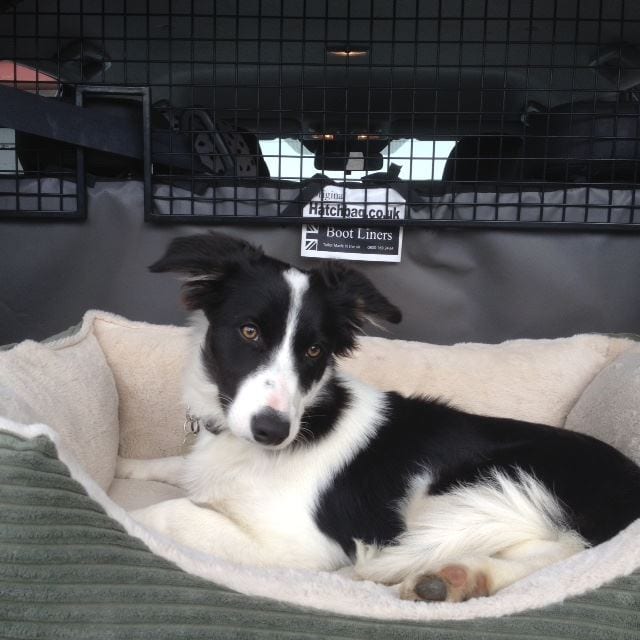An RAC Pet Insurance study* has revealed that “More than one in four dog-owning motorists may unwittingly be breaking the law when it comes to transporting their pets by not keeping them restrained when their vehicles are on the road….. 4% of pet owners have had an accident, or near miss, as a result of a cat or dog being loose in their car……whilst the majority agree that it is a hazard to allow a dog to be loose in a vehicle, 28% said they would let their dog move freely, even in a vehicle full of luggage. Also of concern is that 21% usually leave their dogs unsecured on car seats while 6% let them travel in passenger footwells…….96% of cat-owning motorists said they would never consider letting their cat loose in the vehicle.”
A Spokesman said “As a nation of dog and cat lovers it is surprising that we seem to give so little consideration to their safety when they are transported in vehicles. Unsecured pets in moving vehicles are a real danger, not only to the driver and passengers, but to themselves in the event of an accident or if the driver has to brake suddenly.
While pet owners may feel they know how their dog behaves in the car, nobody can predict what might happen round the next corner or how a dog would react in or after an accident. The best way to ensure the safety and security of everybody in a vehicle when travelling with a pet is to make sure it is properly restrained.”
At Barking Mad, our service includes door-to-door, chauffeur driven transport for your dog to and from their careful selected host family. Being collected from home is far less stressful, and completely overcomes the anxiety caused to dogs when left behind by their owners. We take the safety and security of your dog very seriously and all Barking Mad vehicles are fitted with dog guards or dog cages and rear seat restraints.
According to the Highway Code Rule 57 “When in a vehicle make sure dogs or other animals are suitably restrained so they cannot distract you while you are driving or injure you, or themselves, if you stop quickly. A seat belt harness, pet carrier, dog cage or dog guard are ways of restraining animals in cars.”
Under the Road Traffic Act 1988 “failure of a person to observe any provision of the Highway Code shall not render the person liable to criminal proceedings of any kind but such a failure may in any proceedings (whether civil or criminal) be relied upon by any party to the proceedings as tending to establish or negative any liability which is in question in those proceedings.”
The Department for Environment, Food & Rural Affairs (DEFRA) has produced a leaflet called Protecting the Welfare of Pet Dogs and Cats During Journeys: Advice for Owners. The advice contained in this leaflet states “In some European countries, the law does not allow dogs to travel loose in vehicles.
Your pet should preferably travel in a container which meets particular standards. A cat or very small dog should always travel in a container, and the container should be placed where it:
• cannot move when you accelerate, brake and go round corners;
• is easy to get to; and
• is not exposed to strong sunlight or cold drafts.
If your dog travels loose in the vehicle, it should not be able to escape through any window. When windows need to be left open, we suggest you use ‘window guards’ to prevent the animal escaping.
If the dog is travelling in the luggage compartment of an estate car or hatchback, you should fit a secure dog-guard, and the floor should have a non-slip surface.
Providing ventilation at all times is essential – both when the vehicle is moving, and even more so when it is not moving – particularly in hot or sunny conditions.”
*Research carried out on www.rac.co.uk among 1,622 UK residents between November 2013 and January 2014.
Thanks to our friends at Cliverton Insurance for the data.
To learn more about the Barking Mad service and to find your nearest branch, visit our website.





